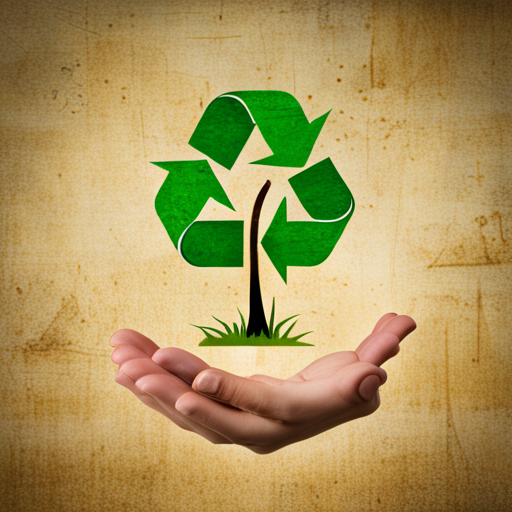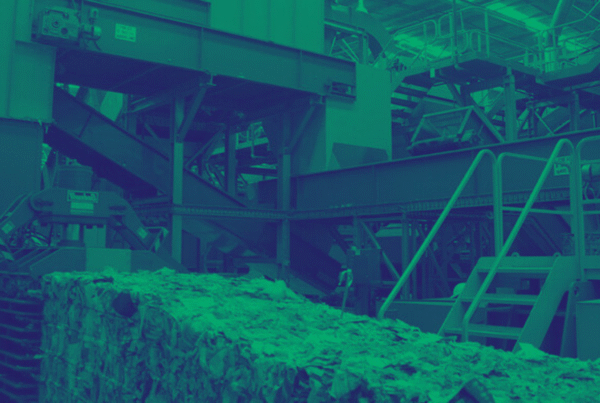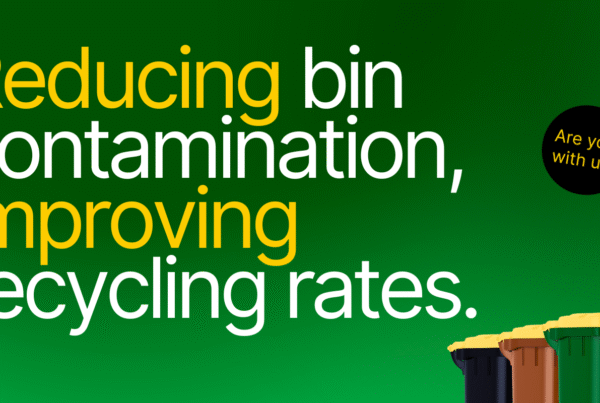3 Easy Ways to Reduce Reuse and Recycle Your Way towards a Sustainable Future
 By incorporating the Reduce Reuse and Recycle (3Rs) principle in our daily lives, we can reduce our carbon footprint and become more environmentally responsible.
By incorporating the Reduce Reuse and Recycle (3Rs) principle in our daily lives, we can reduce our carbon footprint and become more environmentally responsible.
Protecting the environment should be everyone’s responsibility. The reality is, we are destroying the planet at an alarming rate, and if we don’t act now, our environment will need significant investment. But sometimes, a few small changes can make a big difference.Here are three easy ways to start reducing, reusing, and recycling today.
Reduce
The first step to reducing waste is by decreasing consumption. Indeed, reducing the amount of material goods we purchase is the most effective way to reduce waste. Before buying something new, ask yourself if you really need it. Many times, we buy things that we only use a few times before throwing them away. Instead, try to buy only what you need and buy reusable products that last long. Another way to reduce waste is by adopting a minimalistic lifestyle, where you focus on living with fewer possessions, which can also help save money and time.
Reuse
The second step in the 3Rs is reusing. There are many ways you can reuse items instead of throwing them away after one use. For example, you can use cloth bags instead of plastic bags at the grocery store, or use a refillable water bottle instead of buying bottled waters. Instead of buying new clothes, consider going to a thrift store or exchanging clothes with friends. You can also donate old clothes and things you don’t use anymore to charitable organisations or sell them online. Many times, something you don’t have a use of may be exactly what someone else is looking for.
Recycle
The final step in the 3Rs is recycling, where waste materials are turned into new products. Recycling is essential to reduce the amount of waste that ends up in landfills. Many cities and towns have recycling programs, and it’s important to follow the recycling guidelines in your area. Recycling can be more challenging than the other two steps, but it’s important to separate recyclable materials from non-recyclable ones. You can also buy products made from recycled materials, such as paper, cardboard, and plastic, to support sustainable production process.
When you’re considering what goes in what bin, use our handy guide as a reference.
Conclusion:
It’s important to remember that everyone has a part to play in saving the environment, starting with incorporating the 3Rs in our daily lives. We can reduce our carbon footprint, thus conserving natural resources and energy by reducing, reusing, and recycling whenever possible. Remember, small changes can make a big difference. We all owe it to ourselves and future generations to be environmentally responsible and make the world a better place for everyone. So let’s take action, today!





